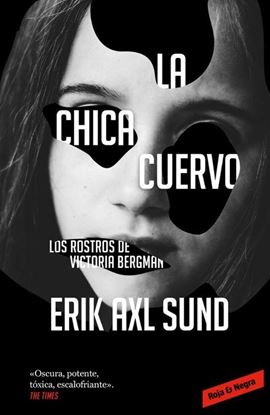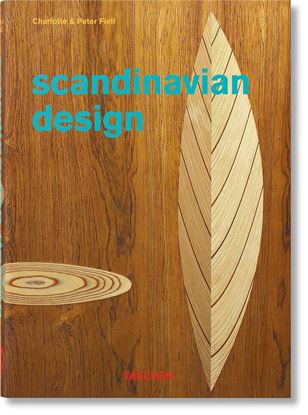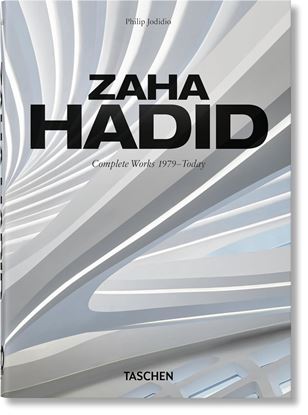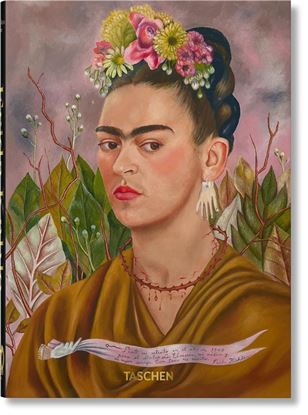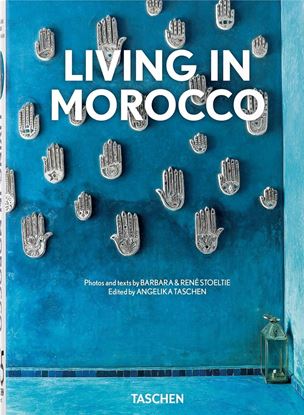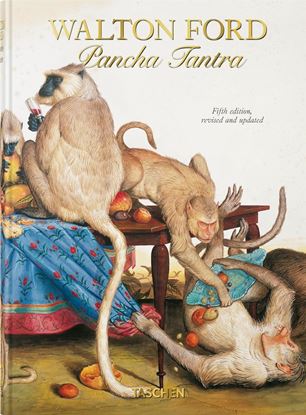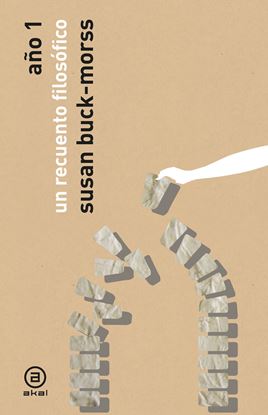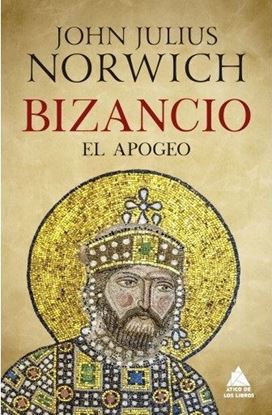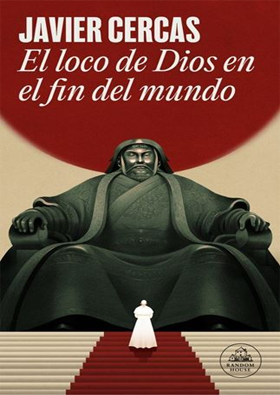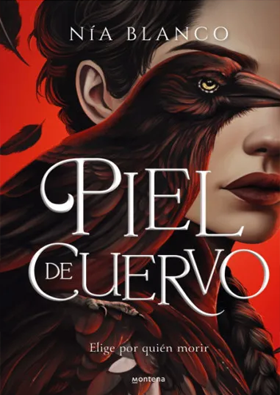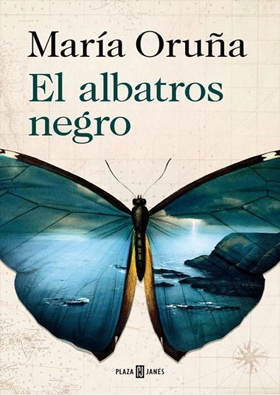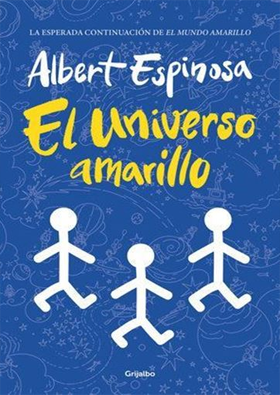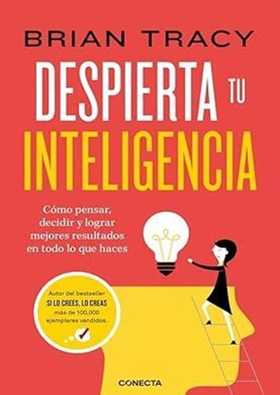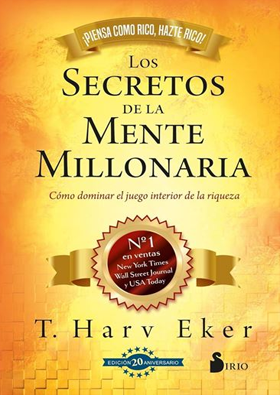

NOVEDADES
LA CHICA CUERVO
En un parque, la policía halla el cadáver torturado de un menor. Luego, dos más, hasta darse cuenta de que se enfrentan a un asesino extraordinariamente retorcido. La detective Jeanette Kihlberg dirige la investigación, pero deberá enfrentarse al carácter apático de la fiscalía y los mandos policiales. Contará, además, con la ayuda de Sofía Zetterlund, una terapeuta experta en psicópatas y víctimas de abusos infantiles.
2,200
SCANDINAVIAN DESIGN (40TH ANNIVERSARY E)
Scandinavia is world famous for its inimitable, democratic designs which bridge the gap between crafts and industrial production, organic forms and everyday functionality. This all-you-need guide includes a detailed look at Scandinavian furniture, glass, ceramics, textiles, jewelry, metalware, and industrial design from 1900 to the present day, with in depth entries on 125 designers and design led companies.
2,200
HISTORY OF GRAPHIC DESIGN (40TH) (INT)
Through the turbulent passage of time, graphic design—with its vivid, neat synthesis of image and idea—has distilled the spirit of each age. Surrounding us every minute of every day, from minimalist packaging to colorful adverts, smart environmental graphics to sleek interfaces: graphic design is as much about transmitting information as it is about reflecting society’s cultural aspirations and values.
2,200
HADID (40TH ) (INT)
Zaha Hadid (1950 - 2016) was a revolutionary architect. For years, she was widely acclaimed and won numerous prizes despite building practically nothing. Some even said her work was simply impossible to build. Yet, during the latter years of her life, Hadid’s daring visions became a reality, bringing a new and unique architectural language to cities and structures such as the Port House in Antwerp, the Al Janoub Stadium near Doha, Qatar, and the spectacular new airport terminal in Beijing.
By her untimely death in 2016, Hadid was firmly established among architecture’s finest elite, working on projects in Europe, China, the Middle East, and the United States. She was the first female architect to win both the Pritzker Prize for architecture and the prestigious RIBA Royal Gold Medal, with her long-time Partner Patrik Schumacher now the leader of Zaha Hadid Architects and in charge of many new projects.
2,200
KAHLO, PAINTINGS (40TH) (GB)
Among the few women artists who have transcended art history, none had a meteoric rise quite like Mexican painter Frida Kahlo (1907–1954). Her unmistakable face, depicted in over fifty extraordinary self-portraits, has been admired by generations; along with hundreds of photographs taken by notable artists such as Manuel and Lola Álvarez Bravo, Nickolas Muray, and Martin Munkácsi, they made Frida Kahlo an iconic image of 20th century art.After an accident in her early youth, Frida became a painter of her own free will. Her marriage to Diego Rivera in 1929 placed her at the forefront of an artistic scene not only in the cultural Renaissance of Mexico, but also in the United States. Her work garnered praise from the poet André Breton, who added the Mexican painter to the ranks of international surrealism and exhibited her work in Paris in 1939 to the admiration of Picasso, Kandinsky, and Duchamp.We access the intimacy of Frida’s affections and passions through a selection of drawings, pages from her personal diary, and an extensive illustrated biography featuring photos of Frida, Diego, and the Casa Azul, Frida’s home and the center of her universe.This book allows readers to admire Frida Kahlo’s paintings like never before, including unprecedented detail shots and famous photographs. It presents pieces in private collections and reproduces works that were previously lost or have not been exhibited for more than 80 years.
2,200
LIVING IN MOROCCO. 45TH ED.
Though it lies just across the Mediterranean from Europe, barely a stone’s throw from Spain’s southernmost tip, Morocco couldn’t possibly be farther away.With its mountainous and desert landscapes, labyrinthine souks, delectable cuisine, exquisite rugs and textiles, vibrant mosaics, fragrant odors, mesmerizing music, and welcoming people, Morocco is a most alluring and tantalizingly exotic destination. Digging a little deeper into the myth of Morocco, Barbara and René Stoeltie bring us this eclectic selection of homes to demonstrate all that is most wonderful about the Moroccan style: from tiled, turquoise swimming pools and lavish gardens to carved wooden furniture and jade-colored marble fountains.With more than 500 pages featuring stunning, inspiring photographs, flipping through these fairy tale-like visions of exotic havens (ideally while sipping a steaming cup of sweet, fragrant mint tea) will instantly whisk you away.
2,200
WALTON FORD. 45TH ED. (INT)
In this stunning but sinister visual universe, beasts and birds are not mere aesthetic objects but dynamic actors in allegorical struggles: a wild turkey crushes a small parrot in its claw; a troupe of monkeys wreaks havoc on a formal dinner table; an American buffalo is surrounded by bloodied white wolves. In dazzling watercolor, the images impress as much for their impeccable realism as they do for their complex narratives.
2,200
AÑO 1. UN RECUENTO FILOSOFICO
Las lecturas convencionales de la Antigüedad enfrentan a Atenas con Jerusalén, donde Atenas representa la «razón» y Jerusalén la «fe». Sin embargo, como nos recuerda Susan Buck-Morss, los estudios más recientes han eliminado esta separación. Nombrar el primer siglo como un punto cero –«año uno»– que divide el tiempo en antes y después es igualmente arbitrario, nada más que una conveniencia que carece de sentido empírico. En Año 1, Buck-Morss libera el primer siglo para que pueda hablarnos de otra manera, reclamándolo como terreno común y no como origen de diferencias profundamente arraigadas.
Buck-Morss se propone derribar varias premisas conceptuales que han dado forma a la modernidad como episteme y nos han conducido a algunos impases posmodernos poco útiles. Se acerca al siglo I a través de los escritos de tres pensadores a menudo marginados en el discurso actual: Flavio Josefo, historiador de la Guerra de Judea; el filósofo neoplatónico Filón de Alejandría; y Juan de Patmos, autor del Apocalipsis, el último libro de la Biblia cristiana. También aparecen Antígona y John Coltrane, Platón y Bulwer-Lytton, al-Farabi y Jean Anouilh, Nicolás de Cusa y Zora Neale Hurston, por no hablar de Descartes, Kant, Hegel, Kristeva y Derrida.
2,200
BIZANCIO. EL APOGEO
La coronación de Carlomagno como emperador de Roma en Occidente supuso un desafío para la autoridad de Bizancio, pero el imperio demostró una sorprendente capacidad para reponerse de los reveses y salir victorioso y más fuerte que nunca.
En Bizancio. El apogeo, nos sumergiremos en la época de esplendor de Bizancio entre los siglos ix y xi. Durante este periodo, el Imperio bizantino se consolidó como baluarte europeo frente a las incursiones árabes y turcas, y desempeñó un papel crucial en la cristianización de los pueblos eslavos y en la configuración de Europa.
De la mano de John Julius Norwich, maestro de la historia narrativa, asistiremos al renacimiento cultural y político de la dinastía macedonia, seremos testigos del regreso de la polémica de la iconoclasia y nos adentraremos en intrigas palaciegas y retorcidas tramas de asesinatos políticos. Conoceremos también reinados tan fascinantes como el del usurpador Romano y el del erudito Porfirogéneta, presenciaremos el doloroso cisma entre las Iglesias católica y ortodoxa y nos meteremos en el fragor de la trascendental batalla de Manzikert.
Bizancio. El apogeo es una obra clave que nos adentra en el esplendor del Imperio romano de Oriente, el Estado más importante de la cristiandad medieval.
2,200


